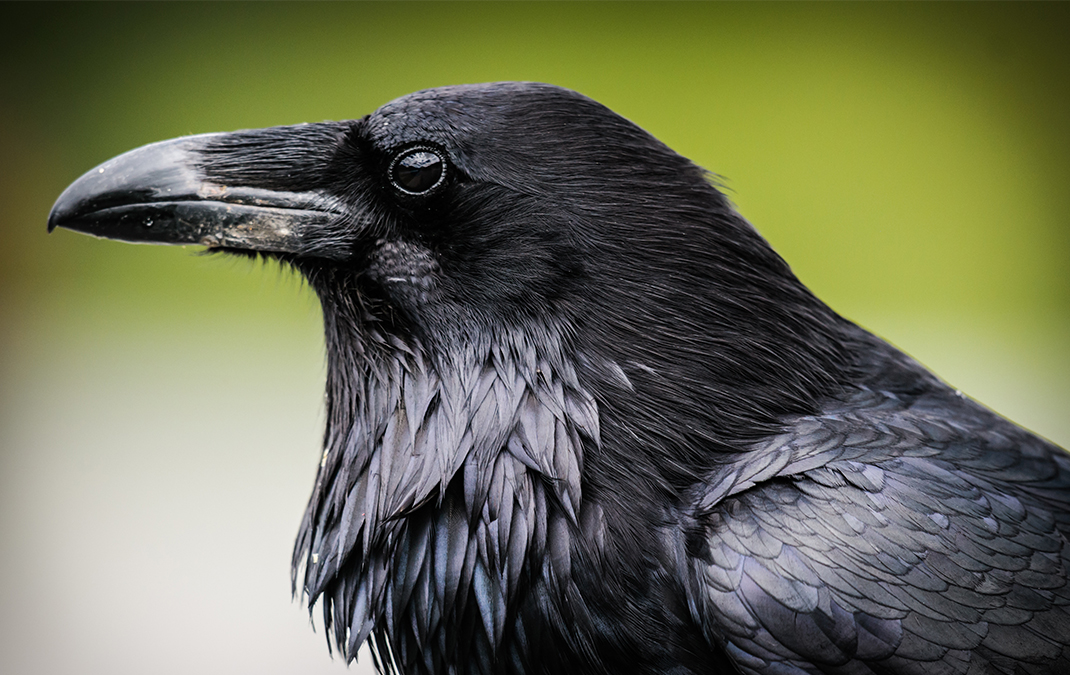NEW GENERAL LICENCES NOW LIVE
Three new general licences for the killing or taking of wild birds in England were issued at 00:01 on Friday 14 June.
The new licences will allow users to control certain species of wild birds in order to:
- conserve wild birds and flora or fauna (WML GL34)
- preserve public health or public safety (WML GL35)
- prevent serious damage to livestock, foodstuffs for livestock, crops, vegetables, fruit, growing timber, fisheries or inland waters (WML GL36)
New licences
General licence to kill or take certain species of wild birds to conserve wild birds and flora or fauna (GL34)
Species covered: Carrion Crow, jackdaw, jay, magpie, rook, Canada goose, Egyptian goose, monk parakeet, ring-necked parakeet, sacred ibis and Indian house-crow
General licence to kill or take certain species of wild birds to preserve public health or public safety (GL35)
Species covered: Carrion crow, jackdaw, magpie, feral pigeon, rook, Canada goose and monk parakeet
General licence to kill or take certain species of wild birds to prevent serious damage to livestock, foodstuffs for livestock, crops, vegetables, fruit, growing timber, fisheries or inland waters (GL36)
Species covered: Carrion crow, jackdaw, magpie, feral pigeon, rook, wood pigeon, Canada goose, Egyptian goose, monk parakeet and ring-necked parakeet
Gulls
Users can continue to apply to Natural England for an individual licence for control of herring gulls, and now for lesser black-backed gulls. Due to their poorer conservation status, these species have not been included in the new general licences. In terms of control of nests and eggs, their breeding season for this year is largely complete, so Natural England is developing a new class licence for these species to be ready in good time for next year’s breeding season.
Protected sites
European protected sites are subject to specific EU law requirements given their particular importance to conservation. These include a process for ensuring that any impacts on the site are properly considered before any plan or project can be undertaken, known as a Habitats Regulations Assessment (HRA). There are a number of ways in which people can continue to carry out control on European protected sites – which include Special Areas of Conservation (SACs), Special Protection Areas (SPAs) – as well as Ramsar sites. For instance, they can apply to Natural England for an individual licence if they are not already covered by an existing individual licence or the specific circumstances provided for by Natural England’s three recent general licences (carrion crow, Canada goose and wood pigeon). Users who already have an individual licence issued since 25 April 2019 can continue to operate under that should they wish.
At this stage the three new general licences will not apply to European protected sites, or to land within 300 metres of those sites. Defra will continue to work closely with conservationists, farmers, landowners, pest controllers, gamekeepers and all interested stakeholders in order to develop solutions that may be available for activity on protected sites.
As in the previous system, users will need to ensure they have consent from Natural England for any activity on Sites of Special Scientific Interest.
Full details can be found here: http://bit.ly/2KhoODj






